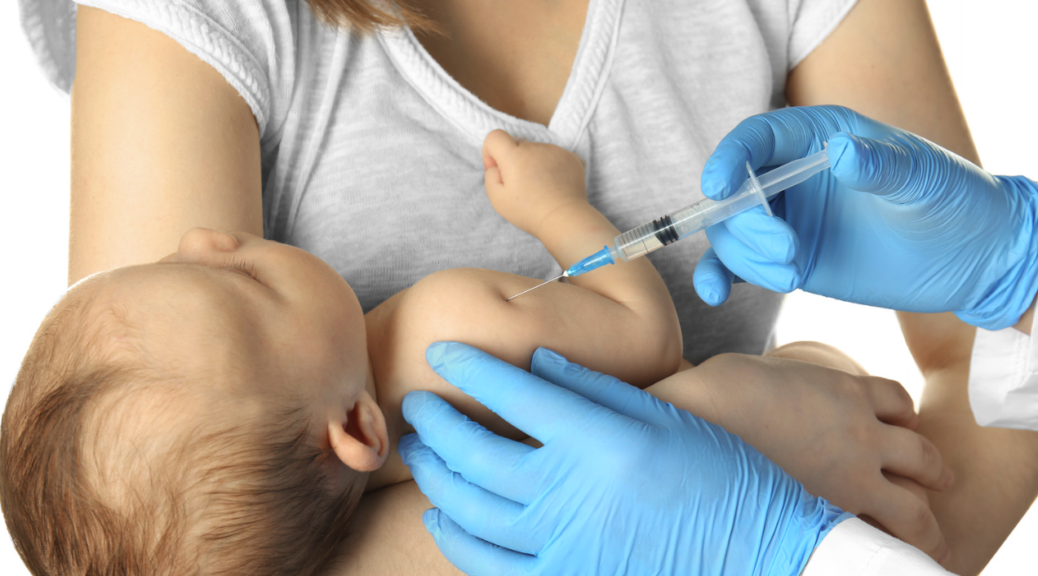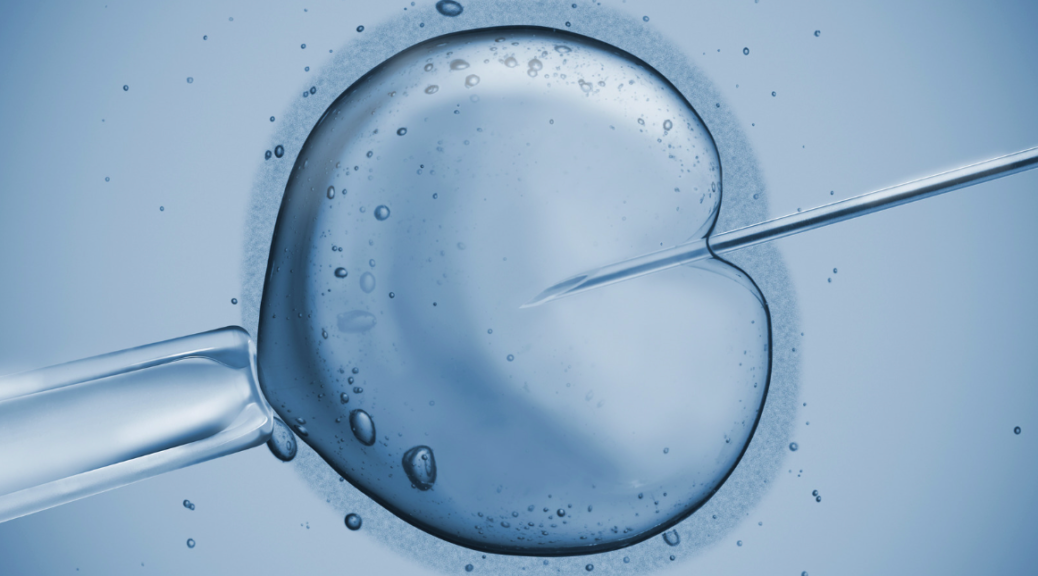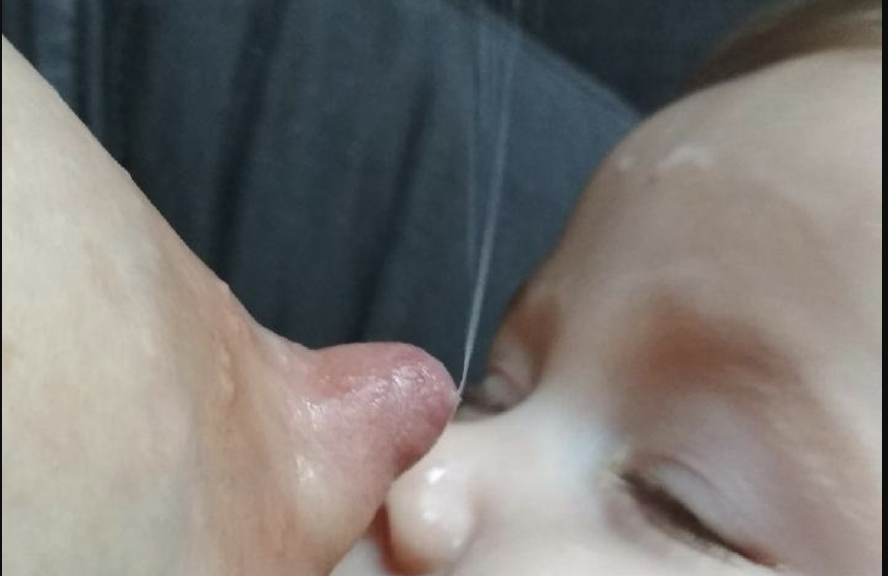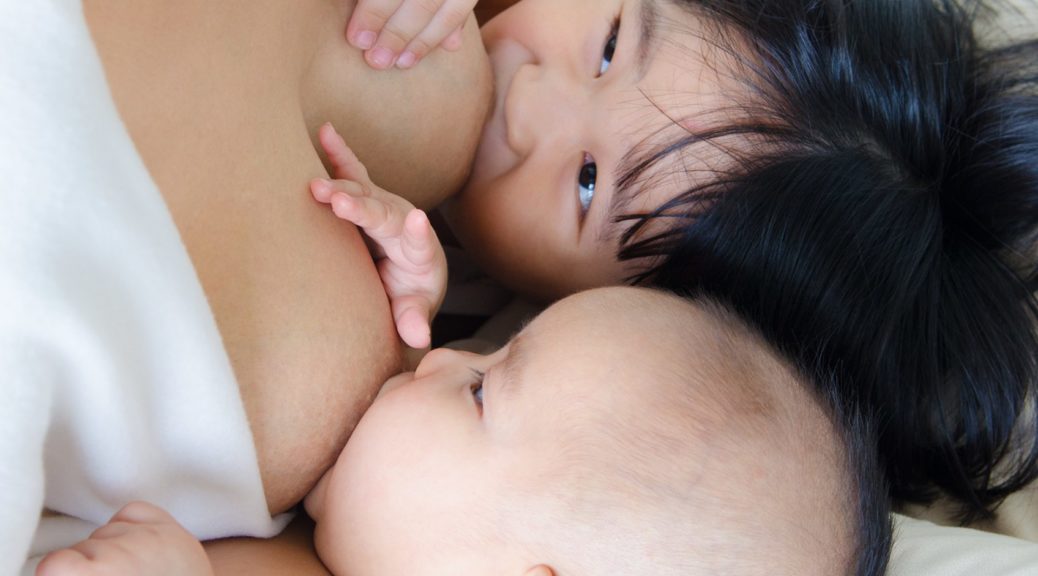Breastfeeding or breast milk for pain relief in neonatal procedures
In August 2023, the Cochrane Library published a literature review on the use of breastfeeding or expressed breast milk for pain relief in neonatal procedures. Within routine procedures of care in healthy newborns, as well as in pathological situations, it is quite common to have procedures that can be painful, such as performing heel prick tests or obtaining blood samples. On many occasions, different strategies are used to alleviate the newborn’s pain during the performance of these techniques. There are…









